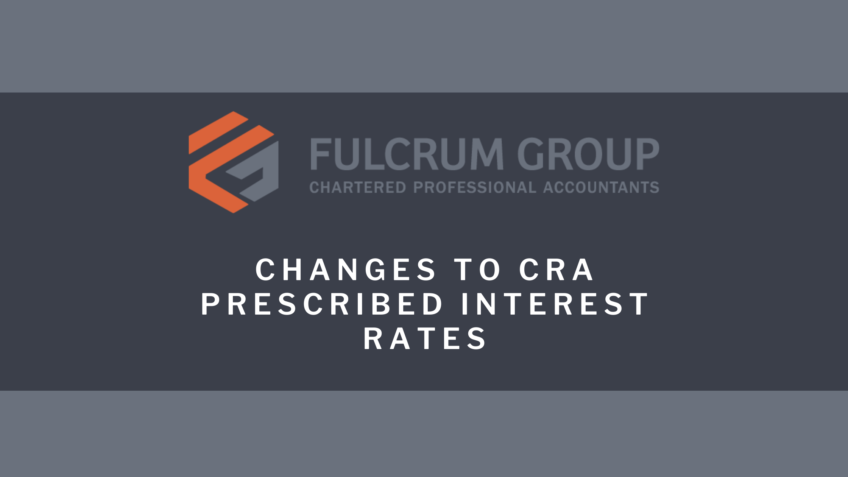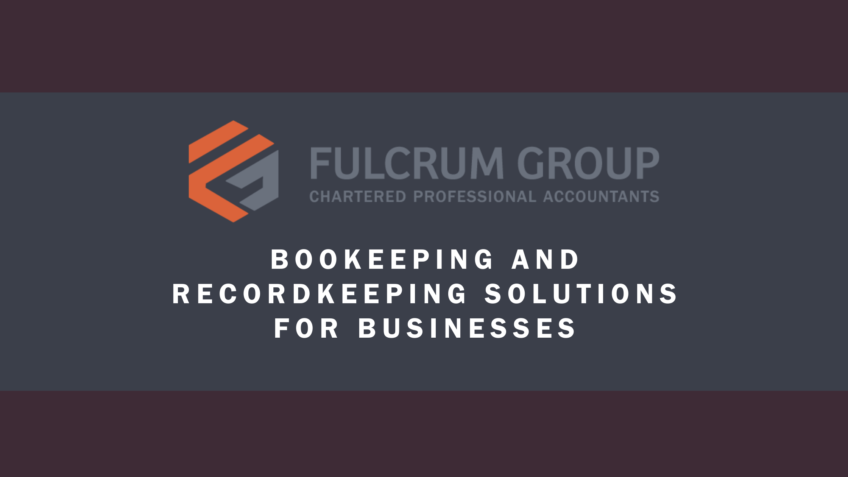Changes to Capital Gains Inclusion Rates
Capital Gains Inclusion Rate Proposed Change
On April 16th, 2024, the 2024 federal budget proposed to increase the capital gains inclusion rate from 50% to 66.67% for corporations and trusts and from 50% to 66.67% on capital gains in excess of $250,000 for individuals beginning on June 25th, 2024. (Chapter 8: Tax Fairness for Every Generation | Budget 2024, 2024).
What is a capital gain, and how can it affect your taxes?
A capital gain can occur through the disposition of capital property. The Government of Canada website defines capital property as “Depreciable property, and any property, which, if sold, would result in a capital gain or a capital loss. You usually buy it for investment purposes or to earn income. Capital property does not include the trading assets of a business, such as inventory” (Capital Gains – 2023, 2024). Some common examples of capital property are land, buildings, vehicles, equipment used for rental operations or business purposes, and second homes such as vacation properties or cottages.
A capital gain occurs when the proceeds received from the disposition of the disposed asset are greater than the adjusted cost base (cost of the asset plus any expenses incurred to acquire it). A capital gain is calculated by taking the proceeds of disposition less the assets adjusted cost base and any expenses that were incurred to sell the property.
At this time, the inclusion rate is 50%, meaning that only 50% of any capital gain is taxable to an individual, corporation or trust.
What this can mean for Corporations and Trusts:
Prior to June 25, 2024, only 50% of a capital gain is included when calculating the corporation or trust’s net income for tax purposes. The 2024 budget proposes that as of June 25th, 2024, 66.67% of the capital gain will be included when calculating your net income effectively resulting in a higher taxable income and higher taxes on the sale of capital property. For example, if a corporation sold land that had originally cost the corporation $200,000 for $300,000, with the 50% inclusion rate, only $50,000 of this amount would be taxable (($300,000-$200,000)*50%). With the new proposed inclusion rate of 66.67%, $66,670 of the capital gain will be taxable.
What this can mean for Individuals:
For individuals, as of June 25th, 2024, the current 50% inclusion rate will increase to 66.67% for any capital gain in the year that exceeds the limit of $250,000. This means that if your capital gains realized in the year are under the $250,000 limit, the 50% inclusion rate will still apply; but for any amount over $250,000, the 66.67% inclusion rate applies. The legislation does not allow for the averaging of capital gains over multiple years to stay under the $250,000 threshold or any carry-over of any unused threshold.
It is important to note that, the principal residence exemption remains unchanged, meaning that capital gains that arise when selling your principal residence, such as your house, remain exempt from tax and are unchanged.
For individuals, common examples where capital gains could apply are the sale of a second house such as a cottage or rental property, vehicles, and investments.
Summary and Other Considerations:
With the proposed change to the capital gains inclusion rate for all capital gains realized after June 24th, 2024, from 50% to 66.67% for corporations and for capital gains over $250,000 for individuals, we recommend reviewing your investments to determine if you have any unrealized gains. For most individuals, it will be important to manage these gains from year to year to ensure that you can keep them under $250,000 to avoid additional tax. But for corporations and trusts with accrued unrealized capital gains, it may be prudent to speak with your investment broker and tax advisors to determine if triggering some of these gains before June 25, 2024, to minimize the impact on your taxes on the eventual sale makes sense for you.
Note that there is no provision at this time for a deemed disposition election to trigger gains before the new rate applies. The actual disposition must occur.
Capital Gains Reserves
Capital gains reserves will enter into income on the first day of the taxation year, meaning those starting before June 25, 2024, will be subject to the 50% inclusion rate. Later years will follow the prevailing rate of 66.67%. If you have a capital gains reserve that you are bringing into income, it will be important for you to discuss with your tax advisor the implications of continuing it going forward or realizing the remaining amount in 2024.
Employee Stock Options
Under current rules, if you receive a stock option benefit, the full amount of that benefit is taxed as employment income in the year it is received; however, the employee may claim a deduction of 1/2 the stock option benefits if they meet certain conditions. Under the proposed changes, the stock option deduction will change from 1/2 to only 1/3 of the stock option benefit for any options exercised after June 24, 2024, with the $250,000 limit applied to the combined total of stock option benefits and capital gains.
Allowable Business Investment Losses (ABILs)
When a taxpayer incurs a business investment loss from the disposition of shares or debts from a small business corporation or the deemed disposition of bad debts or shares of a bankrupt small business corporation, they have been able, under the current rule, to deduct 50% of that loss against other income (such as employment, business and property income) and carry it back 3 years or forward 10 years. Beginning June 25, 2024, ABILs will be deductible at 66.67% even if the amount is carried back to a period prior to June 25, 2024.
Transitionary Rules for the New Inclusion Rate
For 2024, the tax year will be split into two periods for applying different inclusion rates:
- Period 1: Up to June 24, 2024, taxed at 50%
- Period 2: From June 25, 2024, taxed at 66.67%.
Taxpayers will need to net capital gains against capital losses for each period to determine the applicable inclusion rates.
If you would like us to review your investment portfolio or if you have further questions regarding the capital gains inclusion rate changes, please contact our office.
*The information contained in this post reflects the proposed change at the date posted and may or may not be relevant at future dates
References
Capital Gains – 2023. (2024, January 23). Canada.ca. Retrieved June 7, 2024, from https://www.canada.ca/en/revenue-agency/services/forms-publications/publications/t4037/capital-gains.html
Chapter 8: Tax Fairness for Every Generation | Budget 2024. (2024, April 16). Canada.ca. Retrieved June 7, 2024, from https://budget.canada.ca/2024/report-rapport/chap8-en.html
How do you calculate capital gains and capital losses? (2024, January 23). Retrieved June 7, 2024, from https://www.canada.ca/en/revenue-agency/services/tax/individuals/topics/about-your-tax-return/tax-return/completing-a-tax-return/personal-income/line-12700-capital-gains/completing-schedule-3/publicly-traded-shares-mutual-fund-units-deferral-eligible-small
Tax Fairness for Every Generation. (2024, April 16). Canada.ca. Retrieved June 7, 2024, from https://www.canada.ca/en/department-finance/news/2024/04/tax-fairness-for-every-generation.html









